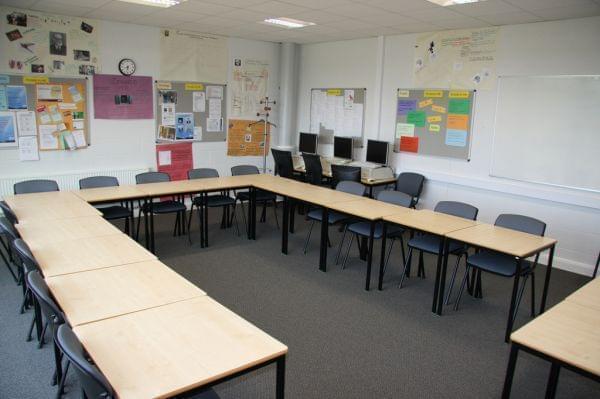Illinois’s New School Funding Formula Leaves Out Schools For At-Risk Students

Flickr/jamesclay (CC NC BY 2.0)
Two of Illinois’s regional superintendents were recently tasked with recommending ways the state can funnel new money to schools for at-risk students, and other alternative school programs.
Gregg Murphy, superintendent for the Regional Office of Education 32, which covers Iroquois and Kankakee counties, and Julie Wollerman, superintendent for the Regional Office of Education 3, which includes multiple counties in central and southern Illinois, were appointed to represent the Illinois Association of Regional Superintendents of Schools on the state’s Evidence-Based Funding Professional Review Panel.
The panel is part of the state’s new school funding formula, which was signed into law last year with the intent to create a more equitable funding model for Illinois school districts. The goal of the new formula is to eventually provide the neediest school districts with enough state money to ensure they can offer an adequate education to their students.
Wollerman said one major issue with the new formula is that it doesn’t include the state’s safe schools and other alternative programs. The state’s Regional Safe Schools Program serves expulsion and suspension-eligible students — as well as those who have already been expelled and suspended — in grades 6 through 12. Wollerman said safe schools provide extra support for students who need it.
But, the new formula “basically forgot about them entirely,” she said.
Murphy said that while all of the 19 school districts his office serves have received modest increases in state aid thanks to the new formula, the safe and alternative schools in his jurisdiction have had their funding levels frozen.
Not only is there no way for them to receive any extra state aid, but there’s also “not a mechanism for those programs to ever receive more than the amount of money they received in fiscal year 2017,” he said.
Wollerman said safe schools rely on state aid and grant money to operate.
“We could take more students in, but we’ll have no way to pay for that extra teacher, extra supplies. If we wanted to expand… now there’s no way to do that,” she said. “And the grant funding has been very low and frozen for the last five years or more. It’s a problem.”
Wollerman and Murphy were appointed to a subcommittee of the review panel specifically tasked with figuring out how to fund safe schools moving forward.
In general, Wollerman and Murphy said they’re pleased with the new funding formula.
“It allows school districts as well as regional offices to keep up with increased education costs over time,” Murphy said. “That’s the nice thing about this model. It’s cognizant of the fact that each year it will cost more to educate young people, but the model is planning for that.”
With regard to safe schools and other alternative schools, Wollerman said the question is: “Do they fit in this formula, or is there a different way they need to be funded?”
The review panel features 27 members and includes lawmakers, educators and advocates. The panel is due to meet next on Sept. 18.
Follow Lee Gaines on Twitter: @LeeVGaines.
